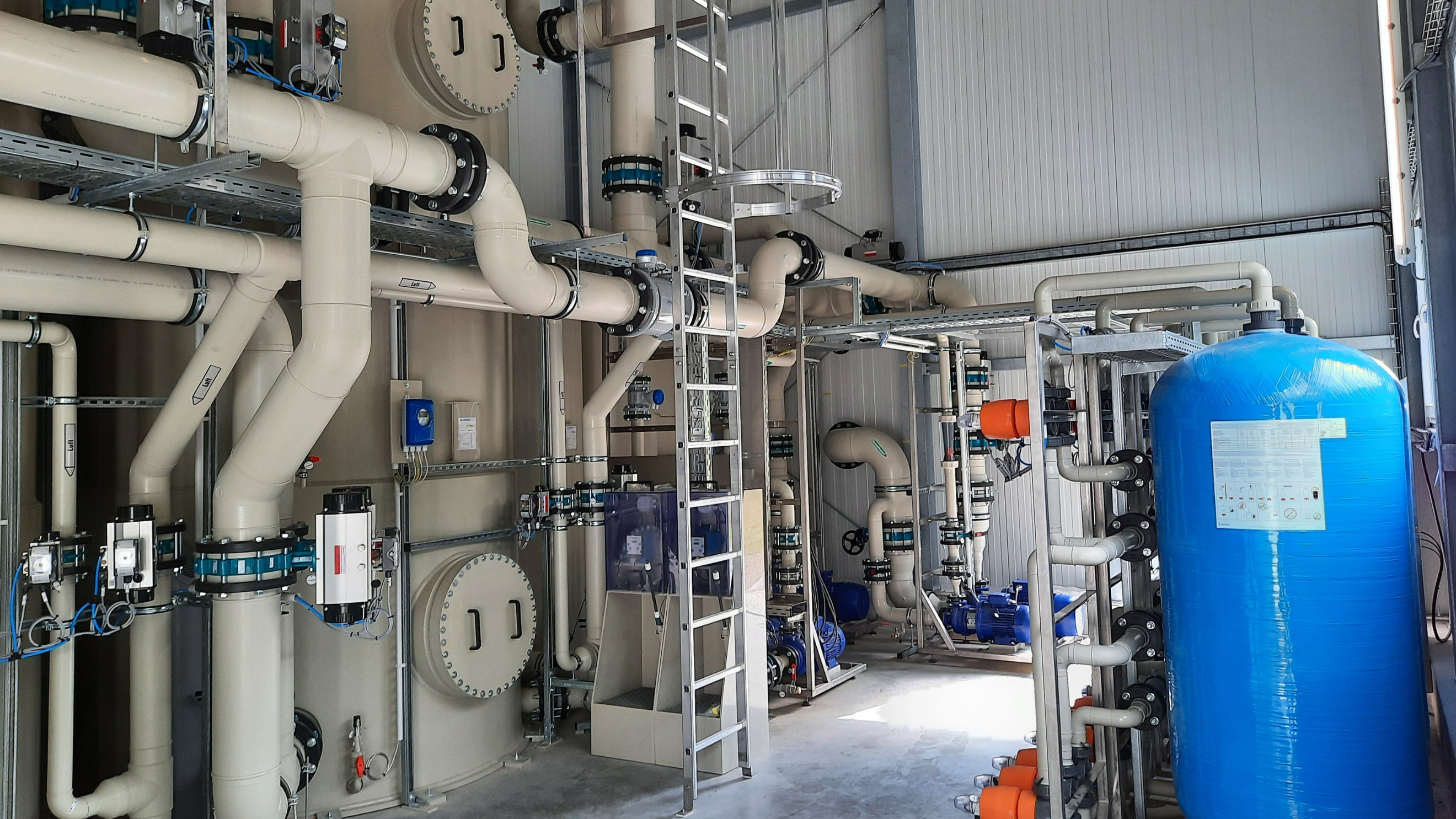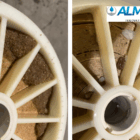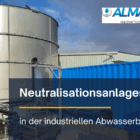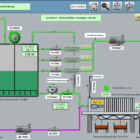Wastewater reclamation plays a crucial role in modern water management. It encompasses technologies and processes that aim to treat wastewater so that it can be reused or returned to the cycle. This sustainable practice reduces water consumption, minimizes the volume of wastewater and helps to conserve resources and the environment.
Table of contents
Technical background of wastewater recovery
Definition and objectives
Wastewater reclamation is the process of recycling wastewater streams to make them usable for other applications. It is used particularly in water-intensive industries to save fresh water and reduce operating costs.
Objectives of wastewater recovery:
- Conservation of resources: reduction in fresh water consumption.
- Reduction of disposal costs: Minimization of the volume discharged into public sewage treatment plants.
- Sustainability: Compliance with strict environmental regulations and improvement of the ecological balance.
Origin of the wastewater for recovery
Wastewater that is eligible for recovery comes from different sources that require specific treatment:
- Industrial waste water:
- Process water from metal processing, food production or the chemical industry.
- Waste water from cooling circuits.
- Vapor condensates:
- Formation during evaporation processes, e.g. in breweries or the food industry.
- Cleaning waste water:
- From clean-in-place (CIP) systems containing surfactants, acids and alkalis.
Technologies and processes for wastewater recovery
1. physical pre-treatment
Before the actual recovery process, the wastewater is freed from coarse impurities and suspended solids:
- Rakes and sieves: Remove coarse particles such as fibers and solids.
- Filtration systems: Removal of undissolved substances.
- Oil separator: Removal of free oils and greases.

Photo: Our ALMA FIL multi-layer filters with downstream ALMA ION ion exchanger
2. chemical and physical processes
These processes are crucial for removing dissolved substances and colloidal impurities:
Precipitation and flocculation: By adding precipitants such as aluminum sulfate or ferric chloride, dissolved substances are converted into insoluble particles, which are then removed by sedimentation or flotation.
Neutralization: pH adjustment is essential to create optimum conditions for chemical and biological processes. This is particularly important when treating acidic or alkaline wastewater.
Activated carbon filtration: Activated carbon removes organic compounds that are responsible for color, odor or taste. It also efficiently adsorbs residual chemicals from pre-treatment.

Photo: Our CP system with neutralization and activated carbon filtration for the pre-treatment of wastewater containing heavy metals prior to reverse osmosis
3. biological treatment
Biological processes are particularly suitable for reducing organic loads such as COD and TOC. They are a cost-effective way of maximizing the degradation performance of organic compounds:
Activated sludge process: Microorganisms break down organic substances in aerobic reactors. This process is particularly effective for medium to high COD values.
Anaerobic treatment: Without oxygen, microorganisms decompose organic substances and produce biogas, which can be used as an energy source. This method is particularly suitable for wastewater with a high organic load.
Biofiltration (e.g. ALMA BioFIL): Compact, biologically activated filtration systems offer an efficient option for the pre-treatment of wastewater with a low residual organic load.

Photo: Our biofiltration for the pre-treatment of organically contaminated wastewater upstream of a reverse osmosis system
4. membrane-based technologies
Membrane processes are key technologies in water recycling, as they offer high separation efficiency and remove even the smallest impurities:
Ultrafiltration (UF): Removes particles, colloids and microorganisms. This process is often used as a pre-treatment for reverse osmosis.
Reverse osmosis (RO): Removes up to 99 % of dissolved salts, organic substances and heavy metals. It is often used in the circulation of process water.
Nanofiltration (NF): Provides selective removal of specific ions and organic molecules. NF is often used to reduce water hardness.

Photo: Our reverse osmosis system for in-house water recycling
Areas of application for wastewater recovery
1. reuse in the industry
- Cooling water: Treatment for reuse in cooling circuits. Requirements: low conductivity, low hardness.
- Process water: Recovery of water with specific requirements, e.g. for the metal or food industry.
- Boiler water: Production of demineralized water for steam generators.
2. feedback into production processes
- Vapor condensates: Treatment by biofiltration and reverse osmosis to return the water to production processes.
- Cleaning water: Reuse after chemical and biological treatment.
3. compliance with legal requirements
- Reduction in the amount of wastewater discharged into the public sewer system.
- Compliance with strict discharge limits in accordance with the Water Framework Directive (WFD).
Advantages of wastewater recovery
Ecological advantages:
- Reduction in fresh water consumption.
- Minimization of wastewater discharge into the environment.
- Protection of natural water resources.
Economic advantages:
- Savings on fresh water costs.
- Reduced disposal costs due to lower wastewater volumes.
- Possibility of reducing energy costs (e.g. through biogas production in combination with recovery).
Process optimization:
- Stabilization of production processes through consistent water quality.
- Protection of system components such as membranes or heat exchangers against wear and fouling.
Challenges and limits
- Heterogeneous wastewater composition:
- Wastewater from different processes varies greatly in its composition, which requires customized solutions.
- High energy requirement:
- Especially for membrane processes and advanced oxidation processes.
- Concentrate attack:
- Membrane processes such as reverse osmosis produce highly concentrated wastewater that must be treated separately.
Conclusion
Wastewater reclamation is a key technology in modern water management that combines ecological and economic benefits. By using innovative technologies such as biofiltration, membrane processes and chemical-physical treatment, industries can use their water resources efficiently and at the same time comply with environmental regulations. The recovery of water from industrial wastewater not only helps to conserve resources, but also promotes sustainable production processes that meet the requirements of an environmentally conscious industry.
For further information on our products, please feel free to contact us at any time!








